What Is A Flash Flood? Understanding Flood Warnings And Alerts
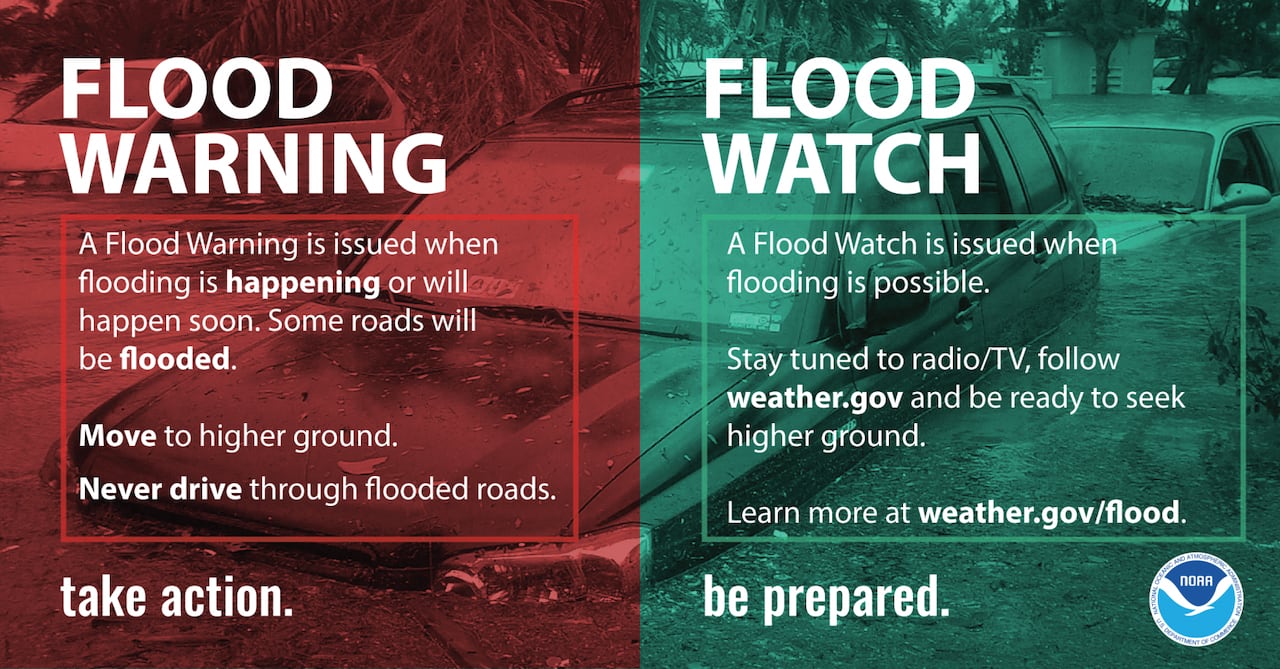
Table of Contents
What Causes Flash Floods?
Several factors contribute to the formation of flash floods. Understanding these causes can help you better anticipate and prepare for potential threats in your area.
Intense Rainfall
The most common cause of a flash flood is intense rainfall over a short period. When more rain falls than the ground can absorb, and drainage systems are overwhelmed, water rapidly accumulates, leading to a flash flood.
- Thunderstorms: These localized storms can dump enormous amounts of rain in a very short time, quickly saturating the ground and causing flash floods in vulnerable areas.
- Monsoons: Prolonged periods of heavy rainfall associated with monsoons can also trigger flash floods, particularly in regions with poor drainage or steep slopes.
- Dam or Levee Failures: While less frequent, the failure of a dam or levee can unleash a catastrophic flash flood downstream, causing widespread destruction in a matter of minutes. Geographic factors like steep terrain exacerbate the problem, accelerating the flow of water.
- Impervious Surfaces: Urban areas with extensive paved surfaces and limited green spaces are particularly susceptible to flash flooding, as water cannot easily infiltrate the ground.
Sudden Dam or Levee Failures
The sudden breach of a dam or levee can result in a devastating flash flood. This is often catastrophic, as large volumes of water are released almost instantaneously.
- Downstream Impact: Communities downstream of a failing dam or levee face an immediate and significant threat from a flash flood. The sheer volume and speed of the water make escape extremely difficult.
- Importance of Maintenance: Regular inspections and proper maintenance of dams and levees are essential to prevent catastrophic failures and mitigate the risk of flash floods.
Upstream Flooding
Flooding in upstream areas can quickly translate into a flash flood further downstream. The water accumulates and is channeled into lower-lying areas, often with devastating consequences.
- Melting Snow and Ice: In mountainous regions, rapid snowmelt or glacial lake outburst floods (GLOFs) can contribute significantly to flash floods downstream.
Recognizing the Signs of an Impending Flash Flood
Recognizing the signs of an impending flash flood is crucial for timely action. A combination of visual cues and official warnings can help you stay safe.
Visual Cues
Observing the environment around you can provide vital clues about an approaching flash flood.
- Rapidly Rising Water Levels: A significant and sudden increase in water levels in streams, rivers, or normally dry areas is a major warning sign.
- Strong Currents: Fast-moving water indicates a potential flash flood, even if the water level isn't exceptionally high.
- Debris in the Water: Logs, branches, and other debris carried by swift currents are clear indicators of a flash flood.
- Unusual Water Sounds: A roaring or unusual gushing sound from a normally quiet stream or river can signal rapidly rising water levels.
Weather Reports and Warnings
Monitoring weather forecasts and alerts is essential. Official sources provide critical information to prepare for potential flash floods.
- Weather Apps: Utilize reliable weather apps on your smartphone to receive real-time updates and alerts.
- NOAA Alerts: The National Oceanic and Atmospheric Administration (NOAA) issues flash flood warnings and watches. Sign up for alerts in your area.
- Local News: Stay informed by monitoring local news channels and websites for weather updates and emergency announcements.
- Watches vs. Warnings vs. Advisories: Understand the difference: A watch means conditions are favorable for a flash flood; a warning means a flash flood is imminent or occurring; an advisory means that conditions could lead to flooding.
Unusual Behavior of Natural Waterways
Changes in the appearance and flow of natural waterways can indicate an increased risk of flash flooding.
- Increased Water Flow: A noticeable surge in water flow, even in smaller streams, can be a warning sign.
- Muddy Water: Increased sediment in the water, making it appear muddy or brown, suggests increased runoff and potential flooding.
- Changes in Water Color: Significant changes in water color may signal increased sediment load or pollution from runoff.
- Unusual Sounds: Rushing or gurgling sounds from usually quiet waterways are another warning sign.
How to Stay Safe During a Flash Flood
Your safety is paramount during a flash flood. Immediate action is critical to avoid harm.
Evacuation Procedures
If instructed to evacuate, do so immediately. Your life is more valuable than possessions.
- Follow Evacuation Routes: Adhere to designated evacuation routes provided by authorities.
- Move to Higher Ground: Seek higher ground immediately; avoid low-lying areas and floodplains.
- Never Drive Through Floodwaters: Even seemingly shallow water can hide dangerous currents and debris. Turn around, don't drown.
Protecting Your Property
While saving lives is the priority, taking steps to protect your property can minimize losses.
- Move Valuable Items: Move important documents, electronics, and other valuables to higher levels of your home.
- Secure Outdoor Furniture and Equipment: Secure or move outdoor furniture, equipment, and vehicles to prevent damage.
Emergency Preparedness
Having a comprehensive emergency plan is crucial. Preparation can significantly impact your safety and response during a flash flood.
- Assemble an Emergency Kit: Prepare a kit with essential supplies, including water, non-perishable food, a first-aid kit, medications, and flashlights.
- Establish a Communication Plan: Establish a communication plan with family members to ensure everyone knows where to meet in case of separation.
The Aftermath of a Flash Flood
Even after the floodwaters recede, caution remains necessary. The aftermath can present various dangers.
Safety Precautions Post-Flood
Floodwaters often leave behind hazards that can pose risks long after the flood subsides.
- Avoid Floodwaters: Avoid contact with floodwaters, as they may be contaminated with sewage, chemicals, or debris.
- Beware of Downed Power Lines: Stay away from downed power lines, as they may be live and extremely dangerous.
- Report Damage to Authorities: Report any damage to your property or infrastructure to the appropriate authorities.
Damage Assessment and Recovery
Assessing damage and seeking assistance is crucial after a flash flood.
- Contact Insurance Companies: Contact your insurance company to report damage and begin the claims process.
- Seek Assistance from Government Agencies: Seek assistance from government agencies like FEMA (Federal Emergency Management Agency) or local emergency services.
- Document Damage: Document all damage with photos and videos to support insurance claims.
Conclusion:
Flash floods are sudden and dangerous events, but understanding their causes, recognizing warning signs, and preparing for them can significantly improve your chances of staying safe. Remember the key takeaways: understand what constitutes a flash flood, monitor weather alerts diligently, and know your evacuation routes. Stay safe this season by understanding flash flood warnings and ensuring your family has a flash flood preparedness plan in place. Learn more about flash flood safety today!

Featured Posts
-
 Real Madrid De Skandal Doert Yildizli Oyuncu Sorusturmasi
May 26, 2025
Real Madrid De Skandal Doert Yildizli Oyuncu Sorusturmasi
May 26, 2025 -
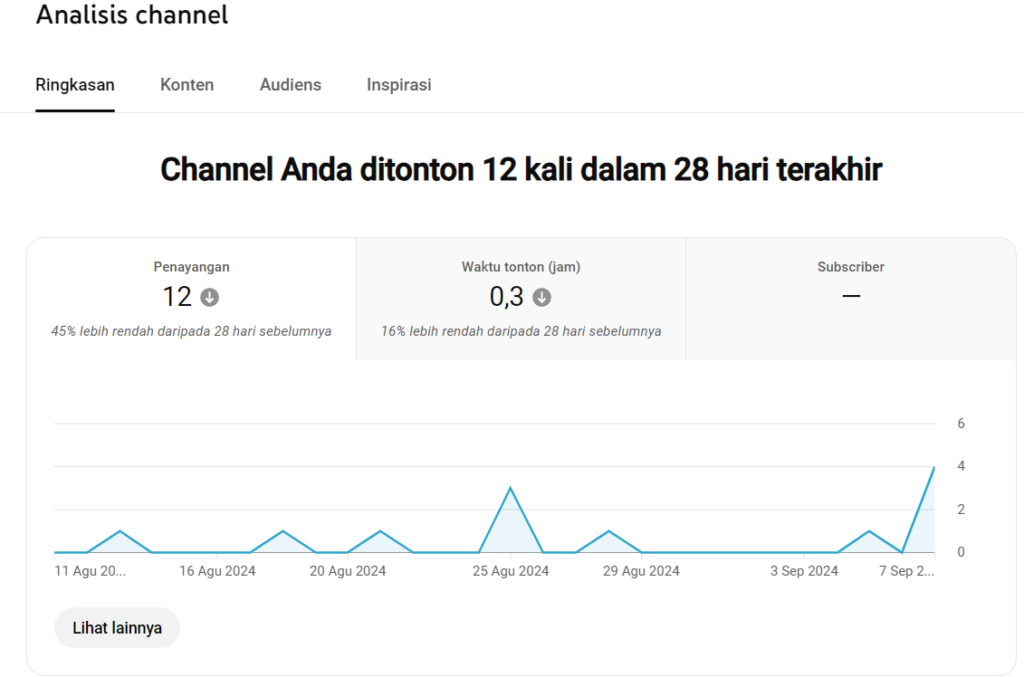 Jadwal And Lokasi Moto Gp Inggris 2025 Panduan Lengkap Penonton
May 26, 2025
Jadwal And Lokasi Moto Gp Inggris 2025 Panduan Lengkap Penonton
May 26, 2025 -
 Exploring Dr Terrors House Of Horrors A Visitors Guide
May 26, 2025
Exploring Dr Terrors House Of Horrors A Visitors Guide
May 26, 2025 -
 Best Nike Running Shoes 2025 Reviews And Buying Advice
May 26, 2025
Best Nike Running Shoes 2025 Reviews And Buying Advice
May 26, 2025 -
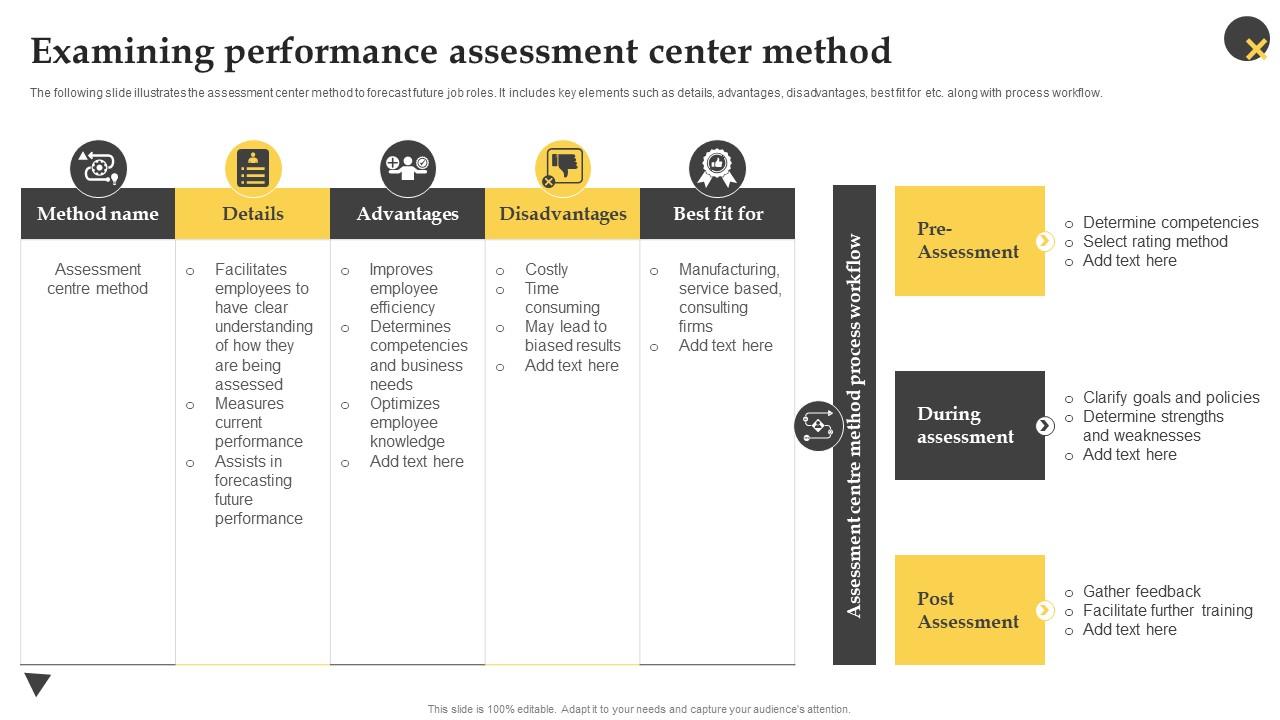 The Second Act Examining Performance Of F1 Drivers Past Age 40
May 26, 2025
The Second Act Examining Performance Of F1 Drivers Past Age 40
May 26, 2025
Latest Posts
-
 Citizen Scientists Exploring The Mysteries Of Whidbey Clams
May 30, 2025
Citizen Scientists Exploring The Mysteries Of Whidbey Clams
May 30, 2025 -
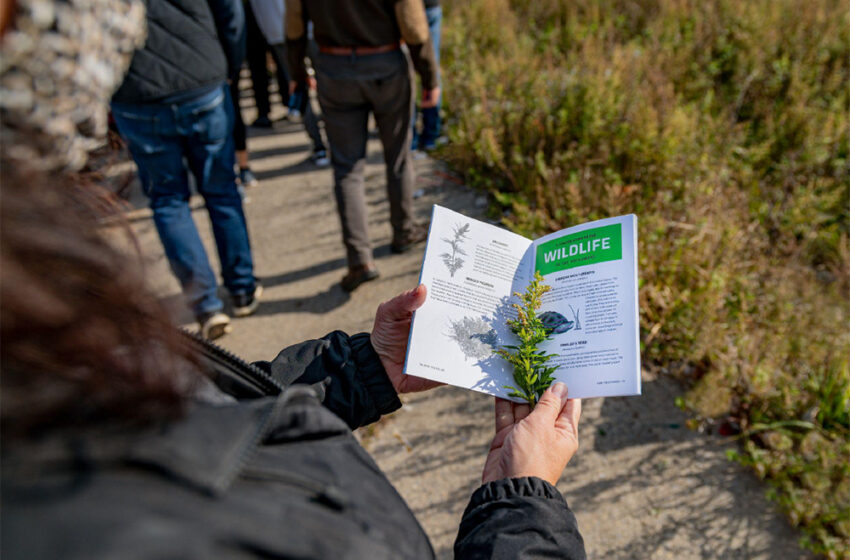 Roastable Roots A Foraging Adventure With A Carrot Relative
May 30, 2025
Roastable Roots A Foraging Adventure With A Carrot Relative
May 30, 2025 -
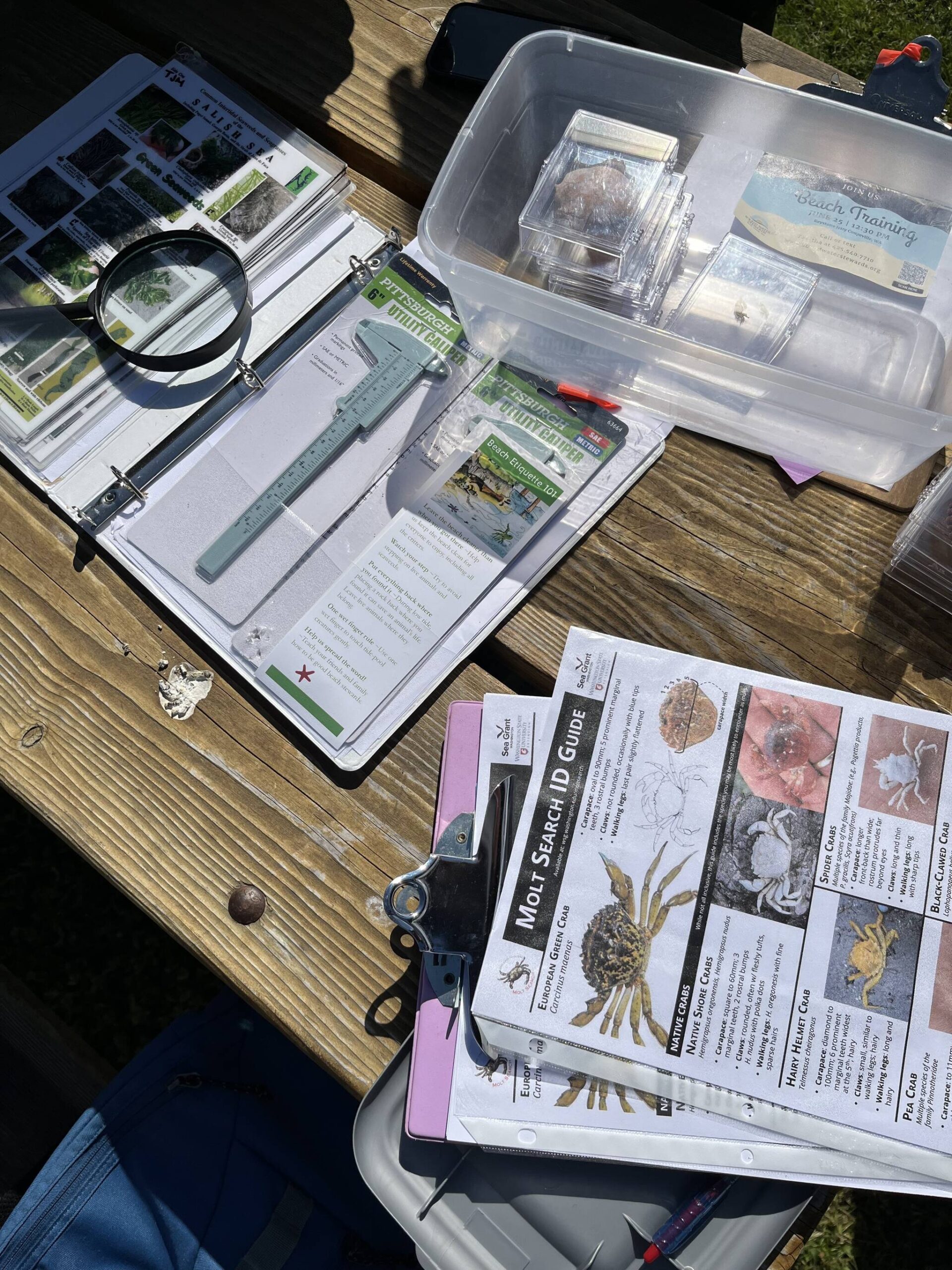 Investigating Whidbey Clams Citizen Scientists Lead The Way
May 30, 2025
Investigating Whidbey Clams Citizen Scientists Lead The Way
May 30, 2025 -
 Ameliorer La Mobilite Durable Au Vietnam Grace A La Cooperation Francaise
May 30, 2025
Ameliorer La Mobilite Durable Au Vietnam Grace A La Cooperation Francaise
May 30, 2025 -
 Emergency Red Tide Warning Cape Cod Beaches Closed
May 30, 2025
Emergency Red Tide Warning Cape Cod Beaches Closed
May 30, 2025
